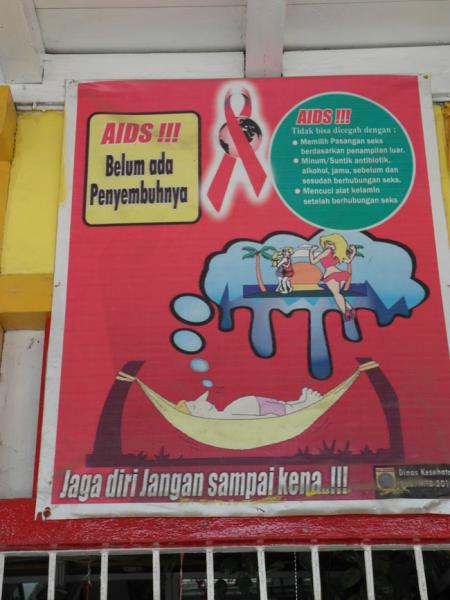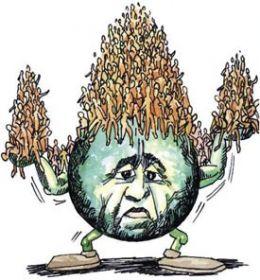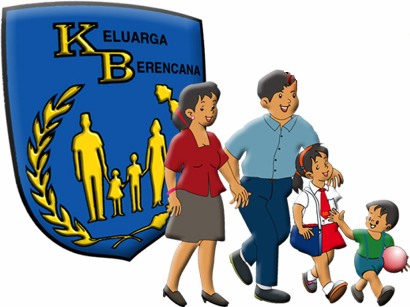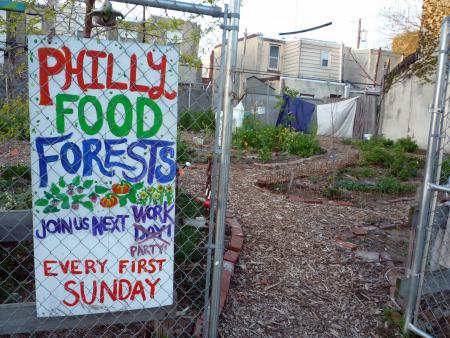I don’t think of myself as somebody interested in advertising, but as I reflect on my growing fascination with health education, I realize that that is what it really is: lots of big and small advertising campaigns. People don’t just decide to use condoms, for instance, because someone tells them it will protect them from disease. They respond to marketing and campaigns that make them feel cool or manly or robust using condoms. You can see the same with messages telling people to quit smoking, use clean needles, or eat more vegetables. Much of public health work is a science, but health education is often an art. I think back, for instance, to the many health messaging campaigns I saw in Indonesia trying to tackle false health information, with the intent of influencing safer behavior. The poster below, for instance, explains that you cannot get HIV from choosing sex partners on the basis of their appearance; drinking or injecting antibiotics, alcohol, or herbal medicine before and after having sex; or washing one’s sex organs after having sex.


 © Serendip® 1994 - All rights reserved. Privacy Policy
© Serendip® 1994 - All rights reserved. Privacy Policy







